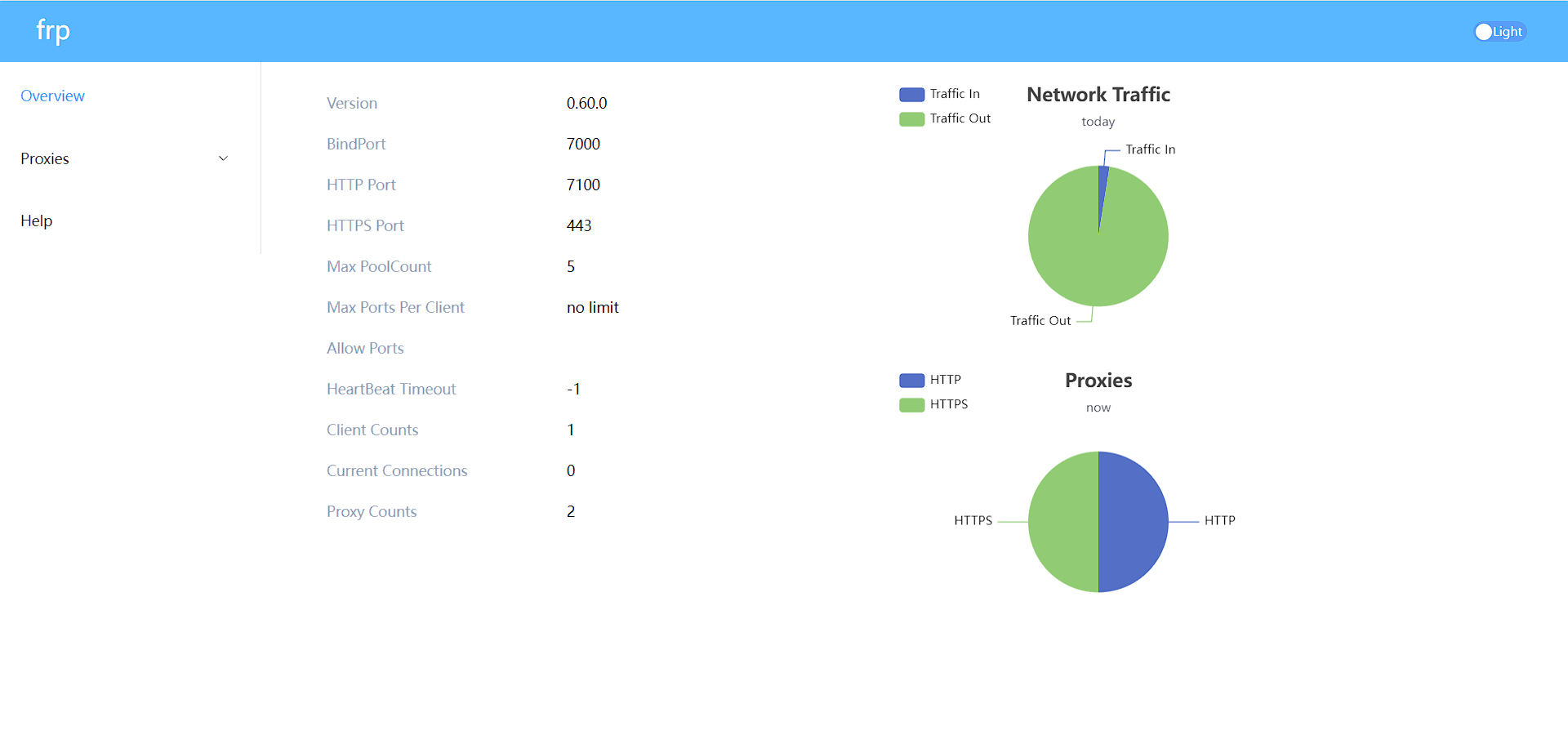一、IO流的分流
- 按流的流向分为:输入流、输出流
- 根据处理的数据类型分为:字节流、字符流
- 在计算机中、将硬盘上的文件向内存中的流为输入流(读取)、将内存中的流输出到硬盘为输出流(写)
二、java流-字节输入输出流
- 概念:流可以理解为一个数据序列、输入流表示从一个源读取数据,输出流表示向一个目标写数据
- 本文张重点讲述字节输入流(InputStream)、输出流(OutputStream)以及高效(FilterInputStream)的结合使用
三、IO字节流流程图结构

四、字节输入输出流的使用
/*** * 将硬件上的文件流向内存:输入流* 1、字节输入流:inputStream**/public static void InputStreamDemo() {InputStream is = null;try {File file = new File("D:\\down\\HR模板.xlsx");// 读取文件则用fileInputStreamis = new FileInputStream(file);int length = is.available();byte b[] = new byte[length];int temp = 0;// 逐个字节读取while ((temp = is.read()) != -1) {System.out.println(temp);}} catch (Exception e) {e.printStackTrace();} finally {try {if (is != null) {is.close();}} catch (IOException e) {e.printStackTrace();}}
}
五、字节输入输出流的使用
/**
* 字节输出流:将内存的流输入到硬盘上(输出流)
*/
public static void outputStreamDemo() {InputStream is = null; //输入流OutputStream os = null;//输出流try {// 将目标文件读取File file = new File("D:\\down\\输入流测试.txt");is = new FileInputStream(file);os = new FileOutputStream("D:\\down\\输出流测试.txt");int temp = 0;while ((temp = is.read()) != -1) {//将读出来的内容写入到新的文档里os.write(temp);}} catch (Exception e) {e.printStackTrace();} finally {//将资源进行关闭try {if (os != null) {os.close();}if (is != null) {is.close();}} catch (IOException e) {e.printStackTrace();}}
}
六、高效流的使用
/**
* 作用:当读取和写入的文件流过大时、采用常规读写的速度缓慢、影响效率
* 为了解决该问题、java提供了高效流、提供一个缓存取、提高流的读写的速度
* 关键字:
* 1、字节缓冲输出流 BufferedOutputStream
* 2、字节缓冲输入流 BufferedInputStream
* 示例将字节缓冲输入流和缓存输出流进行配合使用
* */
public static void bufferDemo() {InputStream is = null;BufferedInputStream bis = null;OutputStream os = null;BufferedOutputStream bos = null;try {File file = new File("D:\\down\\输入流测试.txt");is = new FileInputStream(file);bis = new BufferedInputStream(is);os = new FileOutputStream("D:\\down\\输出流测试2.txt");bos = new BufferedOutputStream(os);int temp = 0;while ((temp = bis.read()) != -1) {bos.write(temp);}} catch (Exception e) {e.printStackTrace();} finally {// 关闭流try {if (bos != null) {bos.close();}if (bis != null) {bis.close();}if (os != null) {os.close();}if (is != null) {is.close();}} catch (IOException e) {e.printStackTrace();}}
}











